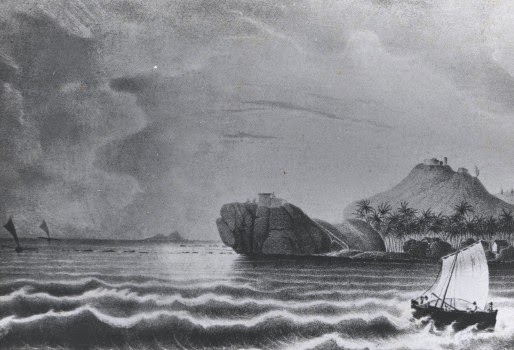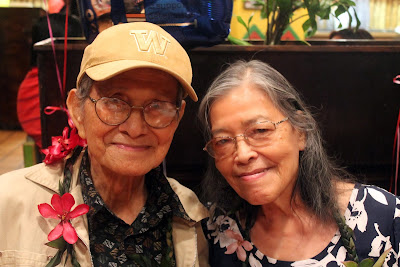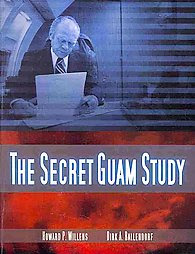IG June 2018 June GA
Independent Guåhan will honor the legacy of Richard Flores Taitano and discuss reforming local government in June GA Independent Guåhan (IG) invites the public to attend their June General Assembly (GA) on Thursday, June 28, from 6:00 – 7:30 p.m. at the Main Pavilion of the Chamorro Village in Hagåtña. The educational focus for the evening will be on how Guåhan’s government can be radically reformed in an effort to provide more checks and balances and participation for the island’s residents. Media coverage and social media chatter provide regular reminders of Government of Guam corruption and malfeasance. Many feel that the levels of corruption are so high that they provide an obstacle to ever achieving independence. In this month’s GA, Independent Guåhan will discuss ways that the government of a decolonized Guåhan could be reformed to reduce corruption and also provide more means by which people can participate in the functioning of their democracy. Models from other Pac






